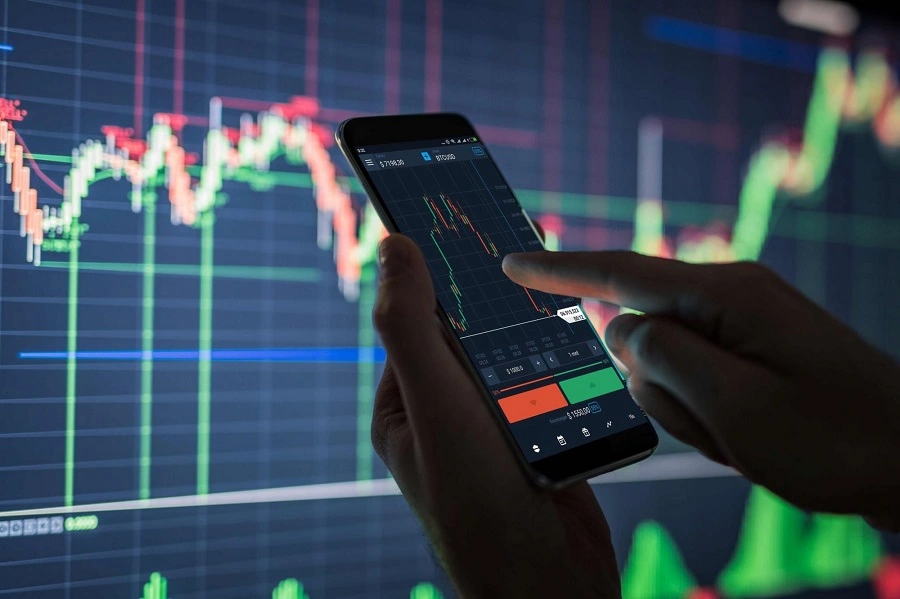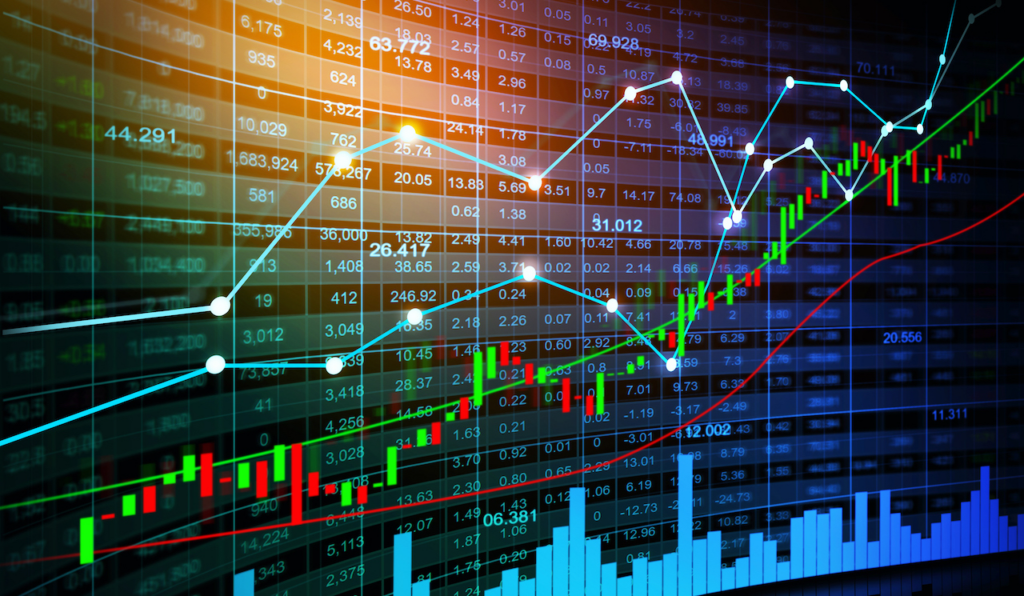Futures trading refers to a method of speculating on the price of assets, including cryptocurrencies, without actually owning them. Like commodity or stock futures, cryptocurrency futures enable traders to bet on a digital currency’s future price.
Novice traders are usually drawn to futures and options markets due to the promise of high returns. These traders watch influencers post incredible gains, and at the same time, the multiple advertisements from derivatives exchanges that offer 100x leverage are at times irresistible for most.
Although traders can effectively increase gains with recurring derivatives contracts, a few mistakes can quickly turn the dream of outsized gains into nightmares and an empty account. Even experienced investors in traditional markets fall victim to issues particular t cryptocurrency markets.
Cryptocurrency derivatives function similarly to traditional markets because buyers and sellers enter into contracts dependent on an underlying asset. The contract cannot be transferred across different exchanges, nor can it be withdrawn.
Most exchanges offer options contracts priced in Bitcoin and Ether, so the gains or losses will vary according to the asset’s price fluctuations. Options contracts also offer the right to acquire and sell at a later date for a predetermined price. This gives traders the ability to build leverage and hedging strategies.
What is cryptocurrency trading?

Cryptocurrency trading is the act of speculating on cryptocurrency price movements via a CFD trading account, or buying and selling the underlying coins via an exchange.
CFD trading on cryptocurrencies
CFDs trading are derivatives, which enable you to speculate on cryptocurrency price movements without taking ownership of the underlying coins. You can go long (‘buy’) if you think a cryptocurrency will rise in value, or short (‘sell’) if you think it will fall.
Both are leveraged products, meaning you only need to put up a small deposit – known as margin – to gain full exposure to the underlying market. Your profit or loss are still calculated according to the full size of your position, so leverage will magnify both profits and losses.
Buying and selling cryptocurrencies via an exchange
When you buy cryptocurrencies via an exchange, you purchase the coins themselves. You’ll need to create an exchange account, put up the full value of the asset to open a position, and store the cryptocurrency tokens in your own wallet until you’re ready to sell.
Exchanges bring their own steep learning curve as you’ll need to get to grips with the technology involved and learn how to make sense of the data. Many exchanges also have limits on how much you can deposit, while accounts can be very expensive to maintain.
Derivatives contracts differ from spot trading in pricing and trading
Currently, the aggregate futures open interest in the crypto market surpasses $25 billion and retail traders and experienced fund managers use these instruments to leverage their crypto positons.
Futures contracts and other derivatives are often used to reduce risk or increase exposure and are not really meant to be used for degenerate gambling, despite this common interpretation.
Some differences in pricing and trading are usually missed in crypto derivatives contracts. For this reason, traders should at least consider these differences when venturing into futures markets. Even well-versed derivatives investors from traditional assets are prone to making mistakes, so it’s important to understand the existing peculiarities before using leverage.
Most crypto trading services do not use United States dollars, even if they display USD quotes. This is a big untold secret and one of the pitfalls that derivatives traders face that causes additional risks and distortions when trading and analyzing futures markets.
The pressing issue is the lack of transparency, so clients don’t really know if the contracts are priced in stablecoin. However, this should not be a major concern, considering there is always the intermediary risk when using centralized exchanges.
………………..
Let’s investigate three common errors to avoid when trading futures and options.

1. Convexity can kill your account
The first issue traders face when trading cryptocurrency derivatives is called convexity. In this situation, the margin deposit changes its value as the underlying asset’s price oscillates. As Bitcoin’s price increases, the investor’s margin rises in U.S. dollar terms, allowing additional leverage.
The issue emerges when the opposite movement occurs and BTC price collapses; consequently, the users’ deposited margin decreases in U.S. dollar terms.
Traders often get too excited when trading futures contracts, and positive headwinds reduce their leverage as BTC price increases.
The main takeaway is that traders should not increase positions solely due to the delivery caused by the increasing value of margin deposits.
2. Isolated margin has benefits and risks
Derivatives exchanges require users to transfer funds from their regular spot wallets to futures markets, and some will offer an isolated margin for perpetual and monthly contracts. Traders have the option to select between cross collateral, meaning the same deposit serves multiple positions or is isolated.
There are benefits for each option, but novice traders tend to get confused and are liquidated due to failing to administer the margin deposits correctly.
On the other hand, isolated margin offers more flexibility to support risk, but it requires additional maneuvers to prevent excessive liquidations.
To solve such an issue, one should always use cross margin and manually enter the stop loss on every trade.
3. Beware, not every options market has liquidity
Another common mistake involves trading illiquid options markets. Trading illiquid options drives up the cost of opening and closing positions, and options already have embedded expenses due to crypto’s high volatility.
Options traders should ensure the open interest is at least 50x the number of contacts desired to trade. Open interest represents the number of outstanding contracts with a strike price and expiration date that have been previously bought or sold.
Understanding implied volatility can also help traders make better decisions about the current price of an options contract and how they might change in the future. Keep in mind that an option’s premium increases alongside higher implied volatility.
The best strategy is to avoid buying calls and puts with excessive volatility.
It takes time to master derivatives trading, so traders should start small and test each function and market ahead of placing large bets.
How do cryptocurrency markets work?
Cryptocurrency markets are decentralised, which means they are not issued or backed by a central authority such as a government. Instead, they run across a network of computers. However, cryptocurrencies can be bought and sold via exchanges and stored in ‘wallets’ .
Unlike traditional currencies, cryptocurrencies exist only as a shared digital record of ownership, stored on a blockchain. When a user wants to send cryptocurrency units to another user, they send it to that user’s digital wallet. The transaction isn’t considered final until it has been verified and added to the blockchain through a process called mining. This is also how new cryptocurrency tokens are usually created.
……………









